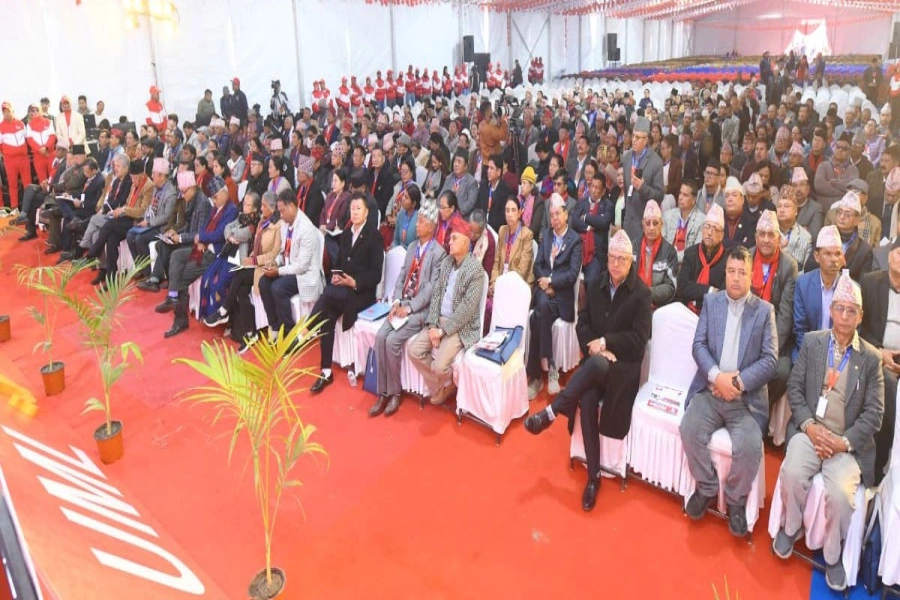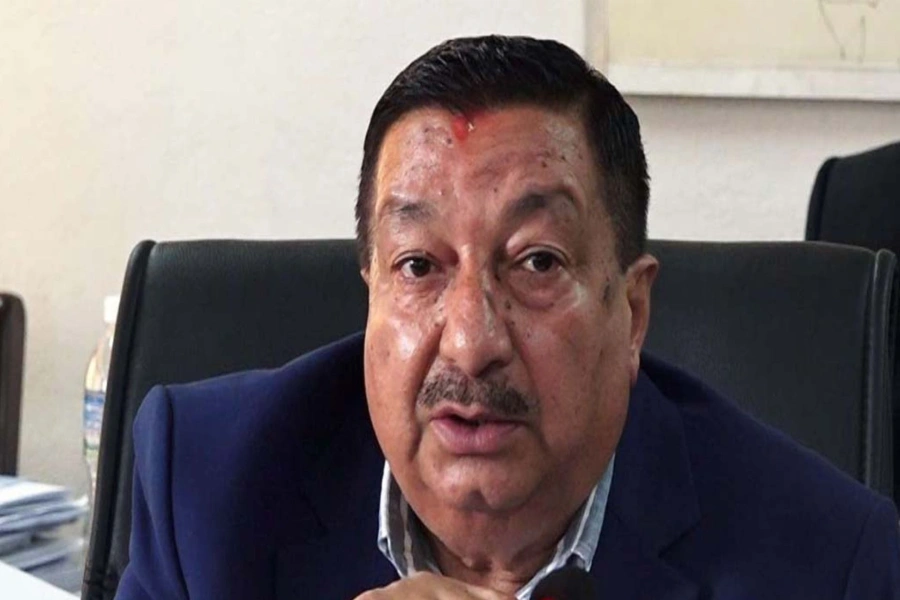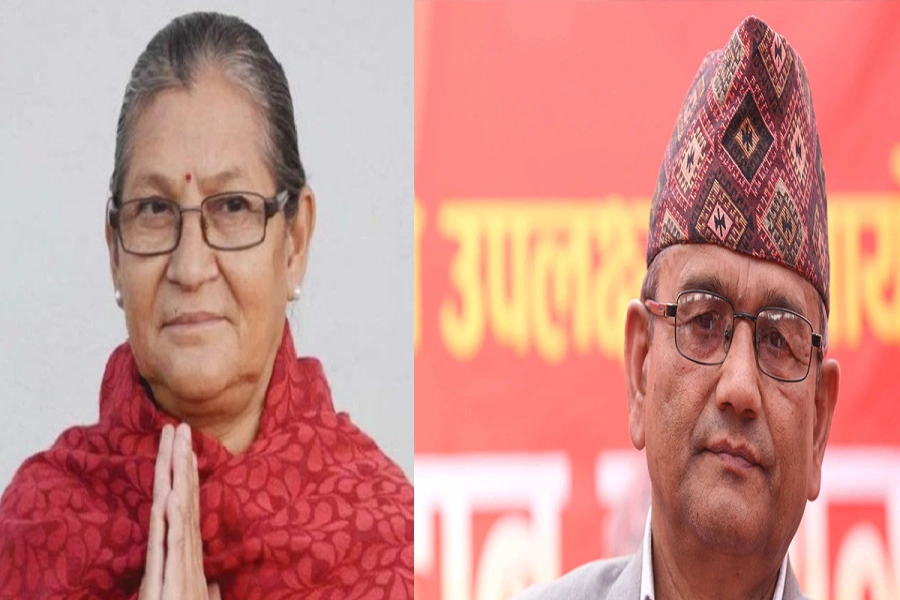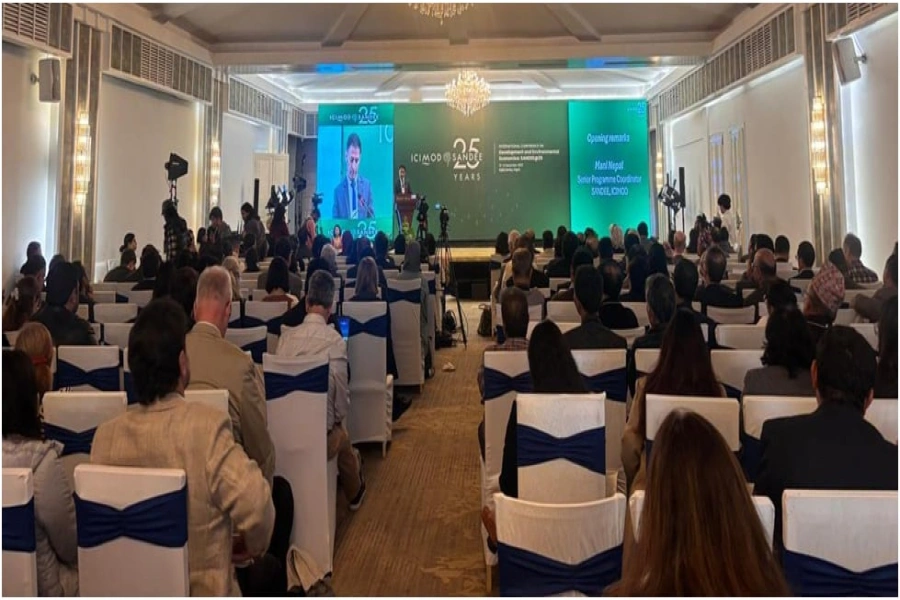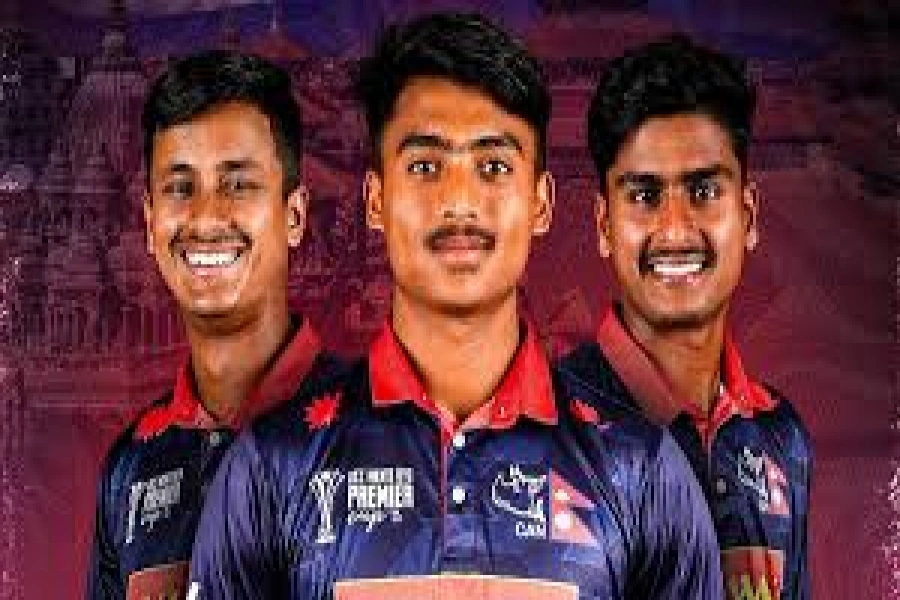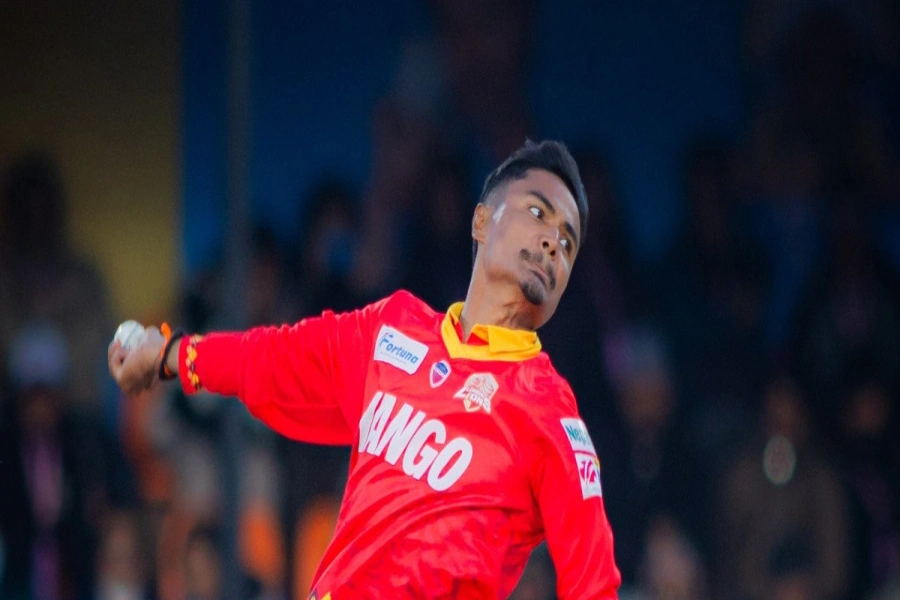Much to the disappointment of its cadres and supporters across the country, the Rastriya Prajatantra Party (RPP) witnessed a vertical split on August 6, 2017. After two weeks of bitter accusations and counter-accusations, RPP-Democratic was formally recognized by the Election Commission, following a Supreme Court verdict instructing the EC to honor the verified signatures submitted by RPP-D during the registration of their new party.
Although RPP-D leadership had been falsely accused of forging signatures the reality was different. Consistent with the historically reactive nature of the establishment faction of RPP, it was anticipated that it would go into an overdrive of forcing people into hiding, disappearance and in some cases get people to withdraw their signatures that were in fact already verified by EC. But the vertical split undoubtedly impacts the future of RPP fraternity and their participation in national politics. In the days to come RPP cadres across the country will once again have to make the hard choice, not between Kamal Thapa and Pashupati Rana, but between what the two men represent in national politics.
Historical background
RPP’s birth in national politics was marked by controversy as the former panchas failed to unite under single leadership. In 1991, RPP was divided between two groups, one led by Surya Bahadur Thapa and the other by Lokendra Bahadur Chand. The two united after the poor results of the first general elections of 1991 and jointly formed RPP. As a result of their unification the party emerged as the third largest force with 18 percent vote-share in mid-term elections of 1994. But no sooner had the two groups of RPP united, they were again divided. The division came when Surya Bahadur Thapa and his supporters felt the urgency to form a democratic alliance with Nepali Congress and Nepal Sadhbhavana Party.
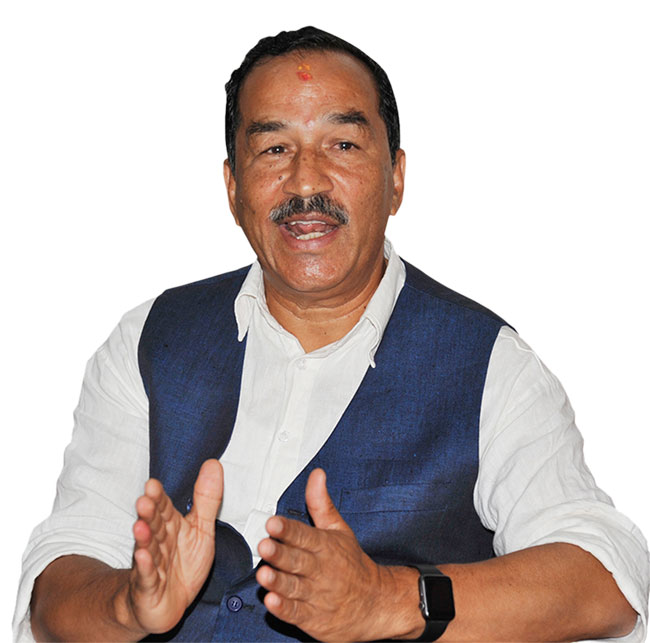
Chand faction leaders on signature campaign for RPP, RPP-N unif...

Surya Bahadur Thapa took the risk of sending Kamal Thapa as the first minister of RPP in Sher Bahadur Deuba government. Kamal Thapa later played a critical role in the dethronement of the same government in 1995. The collapse of Deuba government saw the emergence of Lokendra Bahadur Chand as prime minister, with the support of UML. The net result of this alliance saw UML being propelled into almost two-thirds of the local bodies in the local elections of 1997. The extensive reach of UML cadres extended through the local elections of 1997 continues to pay dividends to UML in national politics till today.
The alliance between RPP and UML demonstrates the subtlety of nexus between the radical conservative forces and leftist nationalists at the cost of penalizing democratic forces. Although the vast majority of RPP parliamentarians became ministers in Chand’s coalition government with UML in 1996, Pashupati Rana opted out, indicating his ideological bend towards the grand coalition of democratic forces. But a deeper understanding of the ideological foundations of the Panchayat is also necessary to decode RPP’s current split.
Panchayat divisions
The Panchayat saw division between two groups of royalists. The first group of conservative elites said the king was above the political system, in this case the Panchayat. They promoted the idea that sovereignty rested with the king and consistently urged the king to exercise state power in the supposed betterment of the people. In simple words, the Panchayat influenced by conservative elites witnessed the exercise of state power by select elites, by the act of provoking the king to assume executive powers by isolating his own people. The end result was the collapse of Panchayat and reintroduction of multi-party democracy in 1990. Therefore, it is no surprise that this brand of royalists had to either flee Nepal or remain underground as they were no takers for them even in RPP after 1991. Kamal Thapa was inducted in RPP in 1993 after spending two years in complete political isolation. However, his later inclusion in RPP saw Keshar Bahadur Bista, Sarad Singh Bhandari, Padam Thakurati, Kumar Budhathoki and Mohan Basnyat quit RPP to join Nepali Congress.
The second brand of royalists believed the Panchayat was a political system and the king had to operate within the parameters of the Panchayti constitution. In fact, the Panchayat was created as an alternate political system to the multi-party system of 1959. Leaders such as Surya Bahadur Thapa and Prakash Chandra Lohani had to incur jail for almost two years for talking about reforming the Panchayat to accommodate wider participation of the people. The Panchayat was reformed in 1980 through direct democracy or what we call a referendum. The reformed Panchayat witnessed partial shift of power from the palace to the people in the form of party-less democracy.
But the partial shift of power from the palace to party-less democracy of the Panchayat also triggered grassroots consolidation of pro-democracy forces across the country. Leaders such as Surya Bahadur Thapa, Pashupati Rana, Prakash Chandra Lohani, Padma Sunder Lawoti, Rabindranath Sharma, to name a few, developed their constituencies during this period. The eventual goal of the party-less democracy was to evolve into a multi-party democracy with the aim of consolidating ties between the king and his people.
After monarchy
The 1990 constitution was often hailed as one of the best in the world by not just RPP but even by NC and UML. The conservative elites who had been disenfranchised by the reintroduction of multi-party democracy in 1990 worked tirelessly to sow conflict between the king and the political parties. To get into power, this group of elites provoked the king to assume executive powers by forcing him to jail leaders of political parties and to confront the international community. The miscalculation of the king to suspend the 1990 constitution and to assume executive powers proved fatal.
As the custodian of the 1990 constitution the only person held accountable for the misadventure of February 2005 coup was King Gyanendra. In a single stroke, a history of 235 years was gambled away. The collateral was the 1990 constitution and a stable relationship between the king and the political parties—in essence between the king and the parties represented by the people. It is no surprise that as home minister Kamal Thapa saw the downfall of monarchy under his watch.
The most recent split in RPP is a result of the naked opportunism demonstrated by Kamal Thapa. For instance, Kamal Thapa hasn’t fought elections since 1999 but became a member of parliament through backdoor in 2012 and as a result got to exercise state power as deputy prime minister twice; his attempt to be deputy prime minister for third time triggered the split. Perhaps the party split because Kamal Thapa said he supports constitutional monarchy and Hinduism yet accepted a republican constitution as the world’s best and defended its virtues throughout the world.
There were ideological inconsistencies when Kamal Thapa said he supported constitutional monarchy yet became a supporter by proxy of the presidential election. RPP cadres were unhappy with Kamal Thapa as he accepted the constitution of 2015 without even registering a note of dissent or even moving forward a constitutional amendment bill to address issues such as Hinduism. Kamal Thapa allowed party cadres to get hurt in protests against the Election Commission. He already knew the commission had already objected to the inclusion of constitutional monarchy and Hinduism in the party’s statue when legal counsels of RPP had earlier gone to EC to register the party.
Finally, what exposed Kamal Thapa was that he drafted the constitutional amendment bill yet used it as a bargaining point to get back into the government as deputy prime minster, for the third time, through the backdoor. Perhaps the fact that the party lost so miserably in local elections also triggered the split.
But the final nail in the coffin came from Tulsi Giri who claimed the Nepali people will not trust RPP so long as it is led by an opportunist. He further said that if an opportunist leads a party, the party will also be recognized as an opportunist. This was a price we were not ready to pay. Nor were we ready to gamble our political future for a single person’s whims, fancies and naked ambition.
The author is a leader associated with RPP-Democratic





